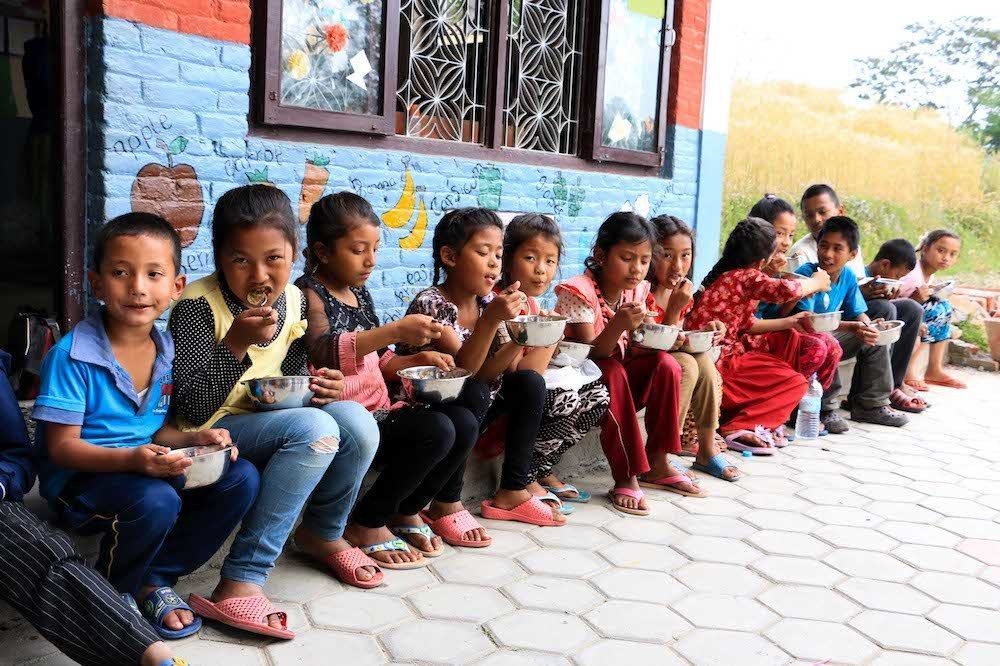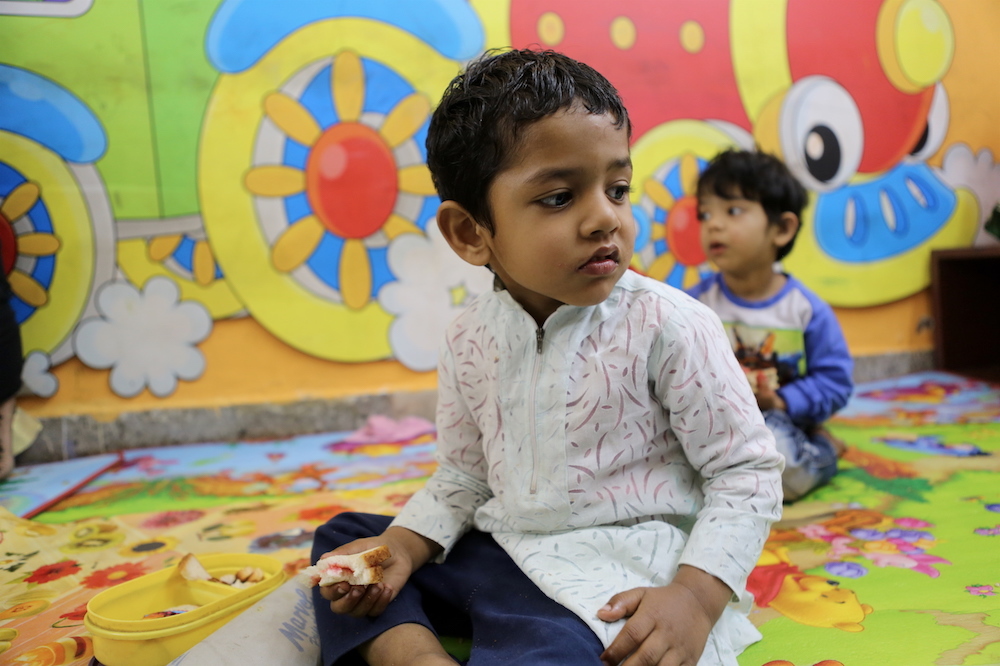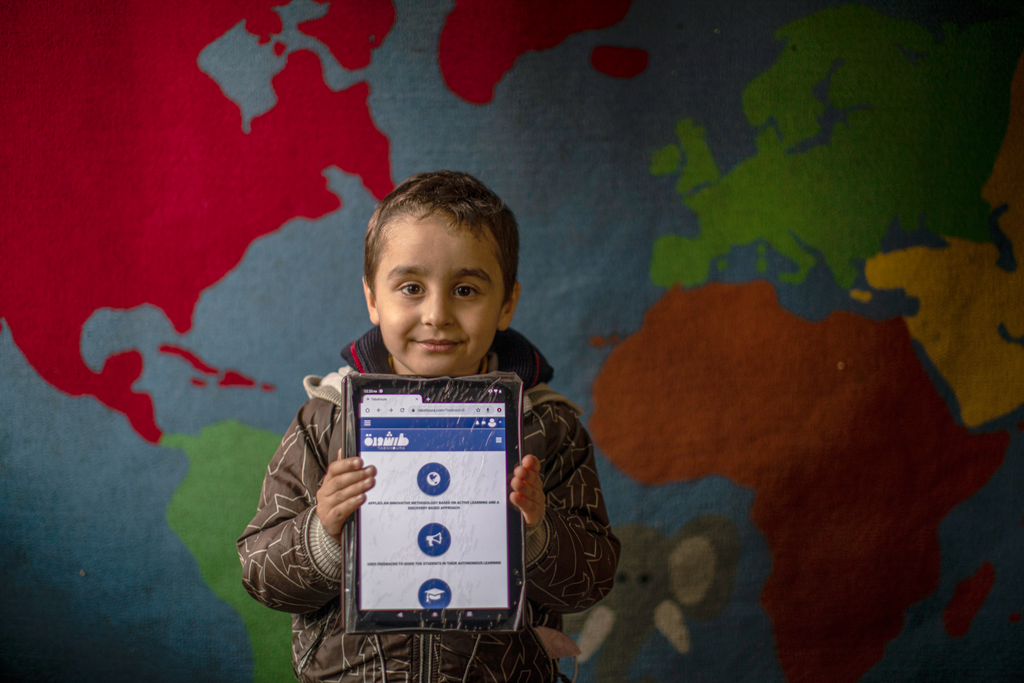
Early Childhood Development Week: why nutrition is vital for young children’s bodies and minds

Child nutrition (Early years), Childcare, Early childhood development, Learning through play (Early years), Safe pregnancy and birth
We're looking at the five vital aspects of nurturing care for the under-fives featured in our #5for5 campaign - today the spotlight is on nutrition, why it's important and what's being done on the issue.
Theirworld’s #5for5 campaign has been calling for countries to invest in early childhood development – including nutrition, health, learning, play and protection. 90% of a child’s brain is developed by the time they are five years old, which means the early years are crucial.
This week, in our special Early Childhood Development Week, supported by Conrad N Hilton Foundation, we take a look at each of the five key areas of nurturing care, bringing you a snapshot of why it’s important and what world leaders are doing to give children in developing countries a better chance of a prosperous life.
Nutrition
One-third of the world is malnourished … and millions are dying because they do not have enough to eat. Many children are not getting sufficient nutrition to develop fully and reach their potential.
What’s happening?
Millions of babies are being born under-weight in developing countries – and needlessly dying of malnutrition every year.
The problems start the moment a baby is conceived. Chronic malnutrition in the womb and during the first 1000 days of life can permanently harm the growth of a child’s body and brain, according to non-profit organisation 1,000 Days, which champions the quality of a child’s life in the first three years.
The World Bank’s annual report in 2017 found that 88% of all the countries it surveyed face malnutrition, childhood stunting and anaemia in young women.
A staggering 815 million people are not getting enough to eat, compared with 777 million in 2015.

Without good nutrition, children run the risk of being stunted in their growth (Preethi Nallu / Theirworld)
Why is it important?
“Malnutrition causes stunted growth (where a child is too short for its age), while chronic malnutrition can hamper brain development, weaken the immune system and increase the risk for serious health problems later in life, such as diabetes and heart disease,” say experts from the Global Nutrition Report in the book From Promise to Impact: Ending Malnutrition by 2030.
What needs to be done?
Kofi Annan, global campaigner and former Secretary-General of the United Nations, is urging greater investment to tackle soaring rates of hunger.
He said the malnutrition crisis “endangers the physical and mental wellbeing of present and future generations”, adding: “We need further urgent investments so that people, communities and nations can reach their full potential.”
What is being done?
The World Bank has pledged to increase its spending on nutrition to $1.7 billion by 2020. Donors have pledged an extra $640 million to reduce the serious burden of malnutrition, which affects one in three people in the world.
Governments are making nutrition a higher priority – with officials in Ivory Coast, El Salvador and Madagascar among those who have committed to extending their nutrition programmes. Non-profit organisations in India and Nigeria also promised to spend $150 million to tackle the problem at the World Bank summit last year.
The World Food Programme has five key initiatives to achieve Zero Hunger by 2030. They include:
- Targeting the most vulnerable – and ensuring the first 1000 days in a child’s life are supported by proper nutrition. Also making sure pregnant and breast-feeding mothers are receiving enough to eat.
- Feeding children at school. This means encouraging parents to put children into school because if they are being fed, children have a better chance of concentrating and performing well academically as well as the health benefits.
Case study: Peru
A campaign of health checks, funding and education has managed to make a significant dent in the country’s childhood stunting crisis.
Between 2007 and 2014, stunting among children under the age of five fell from 29% to 14%.
Learn more about how Peru tackled its stunting and malnutrition crisis in young children
Nutrition fact
The 250 million children at risk of poor development due to extreme poverty and poor nutrition make up 43% of girls and boys in low and middle-income countries, according to The Lancet medical journal in 2016.
More news

